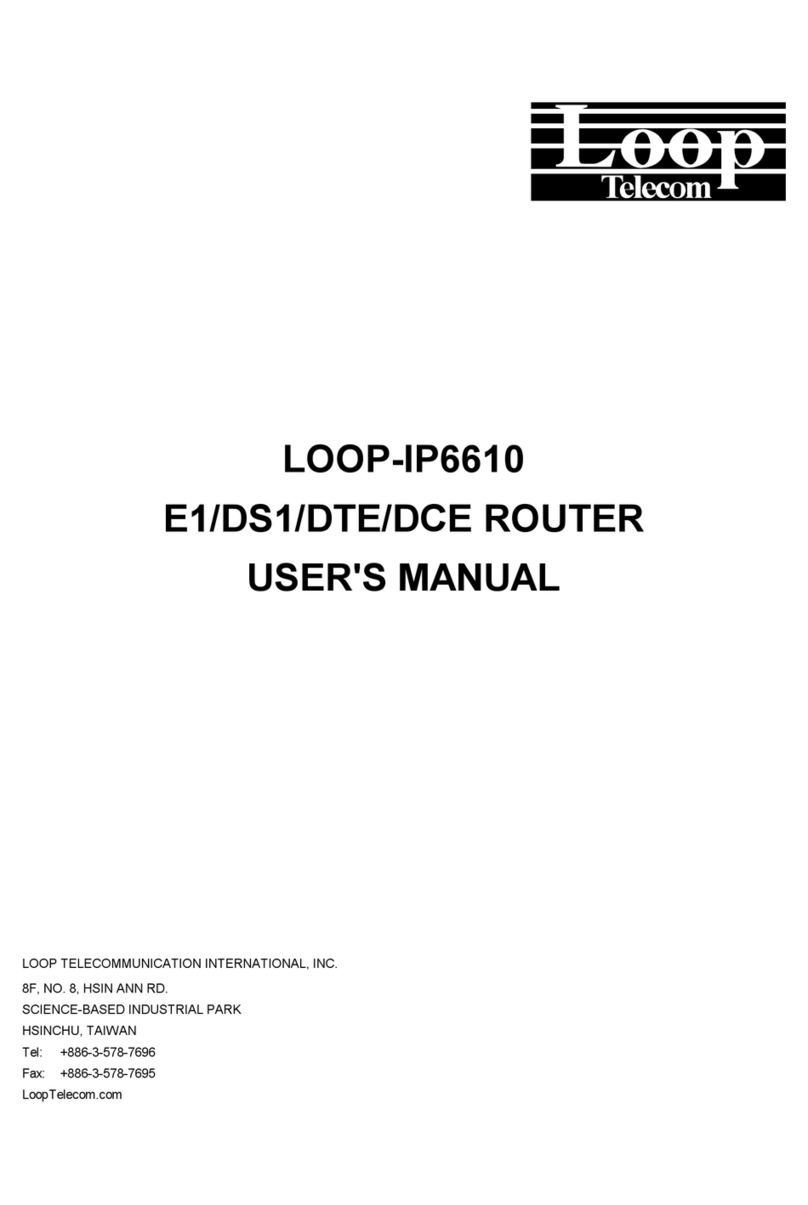i
Table of Content
1. PRODUCTION DESCRIPTION ...................................................................................................... 1
1.1. Description.................................................................................................................... 1
1.2. TDMoEthernet ─Theory of Operation ......................................................................... 1
1.2.1. Clock Recovery..................................................................................................... 2
1.2.2. Bundles ................................................................................................................. 2
1.3. Application .................................................................................................................... 3
1.4. Specifications................................................................................................................ 5
2. INSTALLATION ............................................................................................................................... 7
2.1. Mechanical Installation ................................................................................................. 7
3. OPERATION ................................................................................................................................... 9
3.1. Alarm ............................................................................................................................ 9
3.2. LED............................................................................................................................... 9
4. MAINTENANCE............................................................................................................................ 10
4.1. Near End Loopback.................................................................................................... 10
4.1.1. Backplane Loopback/Time Slot Interface Loopback (FPGA to Backplane
Loopback)............................................................................................................................ 10
4.1.2. Payload Loopback (FPGA to Ethernet Loopback).............................................. 10
4.1.3. Local Loopback (FPGA to Backplane Loopback)............................................... 10
4.1.4. Line Loopback (TDMoE Chipset to Ethernet Loopback) .................................... 10
5. TERMINAL OPERATION...............................................................................................................11
5.1. Log on and Log off.......................................................................................................11
6. SYSTEM STATUS ........................................................................................................................ 16
6.1. 15-Min/1-Hr/7 Days Perf. Report................................................................................ 16
6.2. 15-Min/1-Day Perf. Display ........................................................................................ 17
6.3. System Configuration ................................................................................................. 17
6.3.1. Miscellaneous Display ........................................................................................ 18
6.3.2. QoS Display........................................................................................................ 18
6.3.2.1. Class of Service ......................................................................................... 18
6.3.2.1.1. Priority Mode Display ..................................................................... 18
6.3.2.1.2. Fixed Priority Display ..................................................................... 18
6.3.2.1.3. Vlan CoS Priority Display ............................................................... 18
6.3.2.1.4. ToS Field Priority Display ............................................................... 18
6.3.2.2. Transmission Scheduling ........................................................................... 18
6.3.2.2.1. Flow Control ................................................................................... 19
6.3.2.2.2. Scheduling Algorithm ..................................................................... 19
6.3.2.2.3. WRR Weight Display...................................................................... 19
6.3.2.3. Rate Control ............................................................................................... 19
6.3.3. Ethernet Port Display.......................................................................................... 19
6.3.4. Ethernet Switch Display...................................................................................... 19
6.3.5. Link Aggregation Display .................................................................................... 19
6.3.6. RSTP Display...................................................................................................... 20
6.3.7. Tributary Display ................................................................................................. 21
6.3.7.1. Tributary Mode Display .............................................................................. 21
6.3.7.2. Tributary Display ........................................................................................ 21
6.4. All Time Slot Assignment............................................................................................ 21
6.5. Time Slot IP Configuration.......................................................................................... 22
6.5.1. Bundle Allocation Display ................................................................................... 22
6.5.2. Time Slot Assignment Display ............................................................................ 22
6.5.3. Bundle IP Display ............................................................................................... 23
6.5.4. Time Slot IP Assignment Display........................................................................ 23
6.6. Status & Statistics ....................................................................................................... 23
6.6.1. Bundle Statistics ................................................................................................. 23
6.6.2. Ethernet Port Statistics ....................................................................................... 23
6.6.3. MAC Address Display ......................................................................................... 24
6.6.4. Bundle Status...................................................................................................... 25
6.6.5. Ethernet Port Status............................................................................................ 25
6.6.6. SFP Status .......................................................................................................... 26
6.7. Alarm History ..............................................................................................................26




























